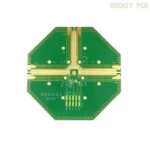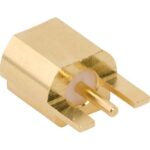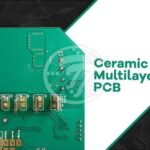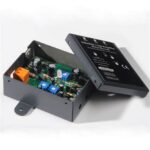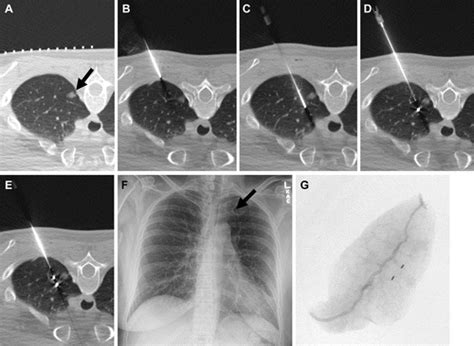
ALL ABOUT FLEX PCB
-
Where are fiducials placed in PCB?
Posted by
–
 Read more: Where are fiducials placed in PCB?
Read more: Where are fiducials placed in PCB?What are Fiducials in PCB Assembly? Fiducials, also known as fiducial marks or fiducial points, are small, precise reference marks placed on printed circuit boards (PCBs) to help align and position components during the assembly process. These marks serve as visual cues for automated assembly machines, ensuring accurate placement of […]
-
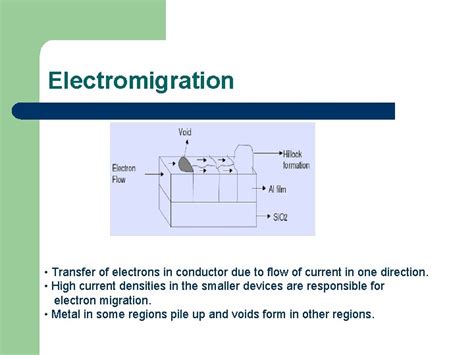 Read more: Metallization: A Detailed Overview of the Metallization Process
Read more: Metallization: A Detailed Overview of the Metallization ProcessWhat is Metallization? Metallization is the process of coating a non-metallic substrate, such as plastic, ceramic, or glass, with a thin layer of metal. The Metallization Process involves depositing a thin film of metal onto the surface of the substrate material to give it metallic properties such as conductivity, reflectivity, […]
-
What is Spring-loaded Pins
Posted by
–
 Read more: What is Spring-loaded Pins
Read more: What is Spring-loaded PinsUnderstanding the Basics of Spring-loaded Pins Construction and Working Principle Spring-loaded pins consist of three main components: a plunger, a barrel, and a spring. The plunger is a movable pin that protrudes from one end of the barrel and is designed to make contact with the mating surface. The barrel […]
-
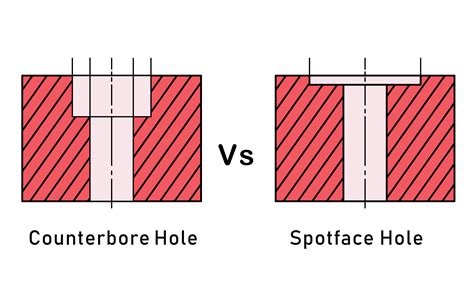 Read more: Five Things You Need to Know About Countersink vs Counterbore
Read more: Five Things You Need to Know About Countersink vs CounterboreWhat is Countersinking? Countersinking is a machining process where a conical hole is cut into a manufactured object, or hole, to allow the head of a countersunk bolt or screw, when placed in the hole, to sit flush with or below the surface of the surrounding material. A countersink may […]
-
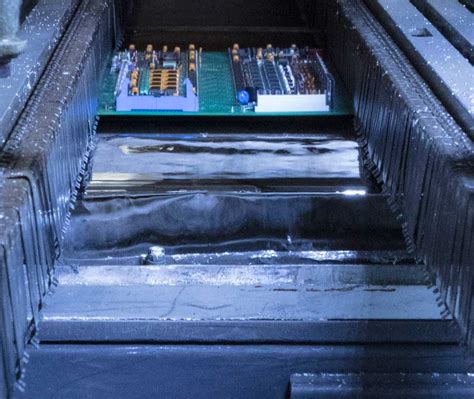 Read more: Tips & Tricks: Avoiding Solder Escape/Wick during Reflow
Read more: Tips & Tricks: Avoiding Solder Escape/Wick during ReflowUnderstanding Solder Escape and Its Causes Solder escape, also known as solder wicking, is a common issue faced during the reflow soldering process in PCB Assembly. It occurs when molten solder flows or “escapes” away from the intended solder joint, often along the component leads or PCB traces. This unwanted […]
-
 Read more: Audio Delay Circuit: Creating Echo and Reverberation Effect in Audio
Read more: Audio Delay Circuit: Creating Echo and Reverberation Effect in AudioIntroduction to Audio Delay Circuits An audio delay circuit is an electronic device that creates a time delay in an audio signal. By delaying and feeding back a portion of the audio signal, delay circuits can create echo, reverberation, chorus, flanging, and other time-based effects that add depth, spaciousness, and […]
-
LM323: Everything You Need to Know
Posted by
–
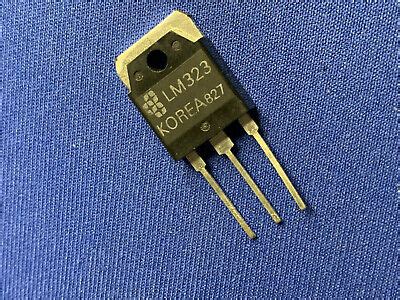 Read more: LM323: Everything You Need to Know
Read more: LM323: Everything You Need to KnowIntroduction to the LM323 Voltage Regulator The LM323 is a versatile and reliable 3-terminal adjustable voltage regulator capable of supplying over 3A of output current. Its robustness and ease-of-use have made it a popular choice for a wide range of power supply applications for over 40 years. In this comprehensive […]
-
 Read more: 5 PCB Grounding Methods and 6 Types of Grounding in Circuits
Read more: 5 PCB Grounding Methods and 6 Types of Grounding in CircuitsIntroduction to PCB Grounding Proper grounding is essential for the reliable operation and performance of printed circuit boards (PCBs) and electronic circuits. PCB grounding refers to the techniques and strategies used to create a low-impedance path for electrical currents to return to their source, minimizing noise, electromagnetic interference (EMI), and […]
-
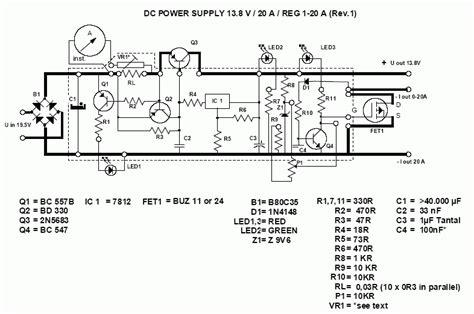 Read more: Transformerless Power Supply: The General Basics, Working, and Requirements Explained
Read more: Transformerless Power Supply: The General Basics, Working, and Requirements ExplainedWhat is a Transformerless Power Supply? A transformerless power supply is an electronic circuit that converts the high voltage alternating current (AC) from the mains supply to a low voltage direct current (DC) suitable for powering electronic devices, without using a transformer. It is a cost-effective and compact alternative to […]
-
IGBT Working Principle – All You Need to Know
Posted by
–
 Read more: IGBT Working Principle – All You Need to Know
Read more: IGBT Working Principle – All You Need to KnowWhat is an IGBT? An IGBT is a three-terminal power semiconductor device that combines the high input impedance and fast switching characteristics of a Metal Oxide Semiconductor Field Effect Transistor (MOSFET) with the high current and low saturation voltage capability of a Bipolar Junction Transistor (BJT). This combination allows IGBTs […]
